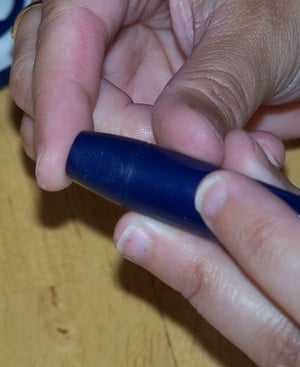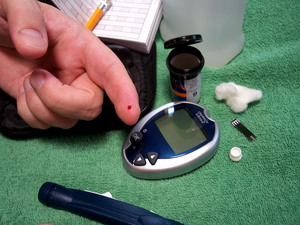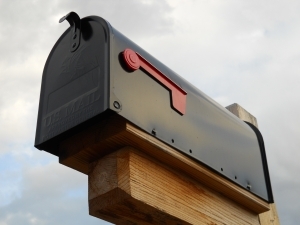According to the American Diabetes Association, 23.6 million people in the United States have one form or another of diabetes, with another 57 million having pre-diabetes. Heart disease, stroke, high blood pressure, blindness, kidney disease, neuropathy, and amputation all go along with uncontrolled diabetes. Complications relating from these conditions led to diabetes being the seventh most prominent cause of death in 2006. These staggering statistics need drastic improvement. Whether you have pre-diabetes, type 1 or type two diabetes, you can improve your blood sugar levels, achieve lower A1C results and prolong life. It won’t be easy, but it is possible to reach acceptable A1C levels and, therefore, reduce the chances of developing life-threatening health conditions.
Tip #1 for Improving A1C Levels:
Lower processed carbohydrates in the diet. Processed carbs raise blood sugar levels, damaging organs and leading to serious health problems. The ADA states people should start with a carbohydrate-counting plan that limits carbs to 45-60grams a meal. For some people, these numbers will not be low enough to sustain blood sugar readings in the non-diabetic healthy range of 70-120 before meals and no higher than 140 after meals.
Tip #2 for Improving A1C Levels:
Check blood sugar often with a glucose monitor. To know how many carbohydrates you can eat at any given time, blood sugar readings are mandatory. Start with the American Diabetes Association recommendations and check blood sugar levels after each and every meal for the first month at least. Make sure to eat different foods so you know their impact on glucose levels. Keep a log of the results so you can look back and decide what foods to reduce or eliminate from your diet. After a month, you should have a good idea of the amount of carbs you can eat for a meal without raising blood sugar levels.
Tip #3 for Improving A1C Levels:
Exercise to lower blood sugar and improve A1C levels. Exercise is essential for a diabetic to regain and maintain optimal blood sugar levels and stay healthy. Exercise helps cells use and release glucose instead of holding on to it and raising blood sugar levels. It is important to check blood sugar readings before exercising because exercising when levels are too low will lead to hypoglycemic episodes(very low blood sugar), which is dangerous. Never exercise if blood sugar is below 100. Eat a protein snack first.
Along with the above suggestions, it is imperative for all diabetics to keep regular checkups with their physician. Twice yearly A1C blood tests, along with physical exams and symptoms checks, are the only way a diabetic will know for sure if his treatment plan is working. Do everything you can to improve your blood sugar levels and your body will thank you.
Reference:
http://www.diabetes.org/living-with-diabetes/treatment-and-care/blood-glucose-control/a1c/





